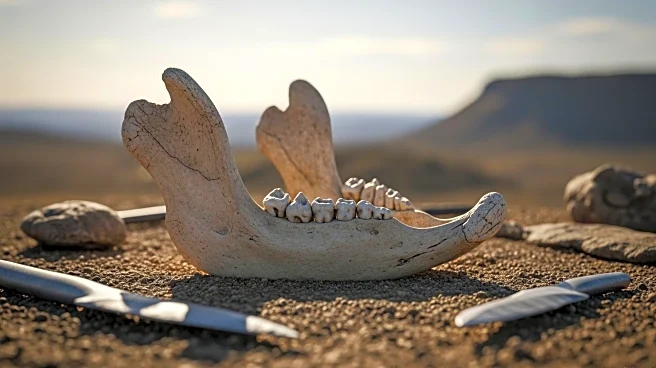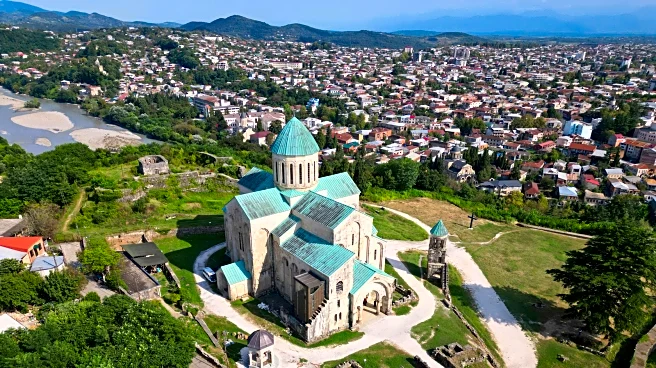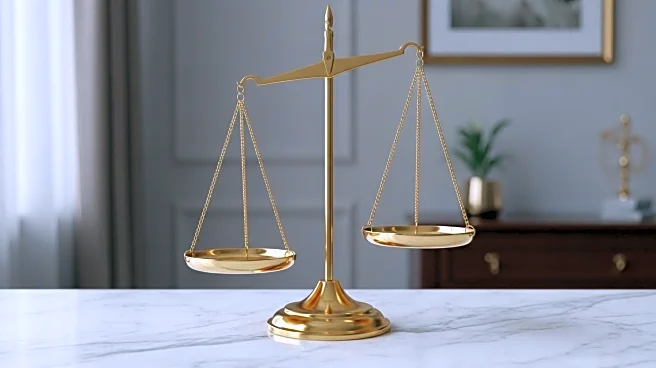What's Happening?
Archaeologists in Georgia have uncovered a 1.8-million-year-old jawbone belonging to an early human species at the Orozmani excavation site. This discovery is significant as it represents the oldest human remains found outside Africa, providing valuable insights into the migration patterns of Homo erectus, a hunter-gatherer species believed to have started migrating around two million years ago. The site, located approximately 62 miles southwest of Tbilisi, has previously yielded other significant finds, including a tooth from early humans and human skulls in the nearby village of Dmanisi. Alongside the jawbone, fossils of various animals such as saber-toothed tigers, elephants, wolves, deer, and giraffes, as well as stone tools, were discovered, offering clues about the lifestyle and environment of early humans.
Why It's Important?
The discovery of the jawbone and accompanying animal fossils at Orozmani is crucial for understanding the evolution and migration of early humans. It provides evidence of how Homo erectus adapted to new environments after leaving Africa, including their dietary habits and the climate they encountered. This find contributes to the broader understanding of human history and evolution, offering insights into the challenges faced by early human settlers in Eurasia. The ongoing research at Orozmani could reshape theories about human migration and adaptation, impacting fields such as archaeology, anthropology, and evolutionary biology.
What's Next?
Further analysis of the jawbone and other fossils is expected to yield more information about the early human settlers of Eurasia. Archaeologists will continue excavations at Orozmani, aiming to uncover additional remains and artifacts that could provide deeper insights into the lifestyle and environment of Homo erectus. The findings may prompt new research initiatives and collaborations among scientists worldwide, potentially leading to revised theories about human migration and evolution.
Beyond the Headlines
The discovery raises ethical and cultural considerations regarding the preservation and study of ancient human remains. It highlights the importance of international collaboration in archaeological research and the need for responsible handling of such significant finds. The ongoing work at Orozmani may also influence cultural heritage policies in Georgia, emphasizing the protection and promotion of archaeological sites.













